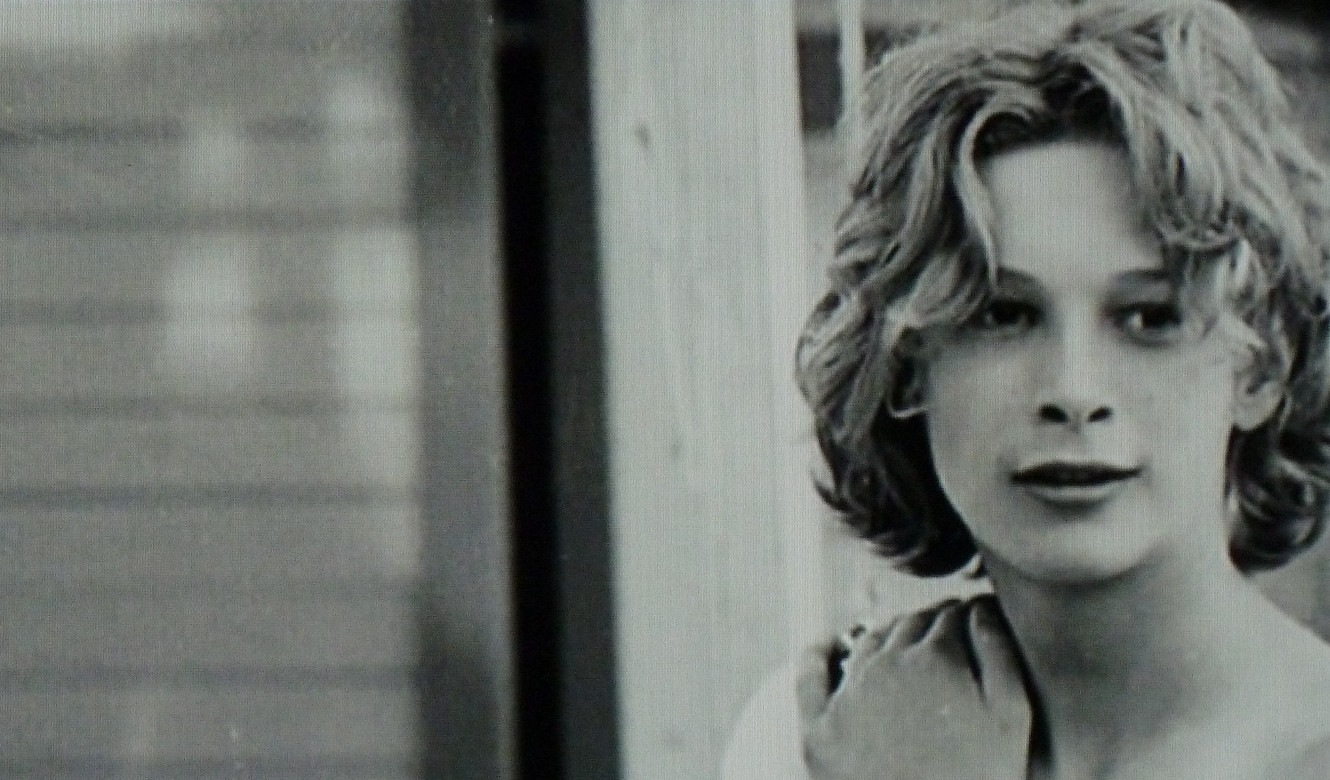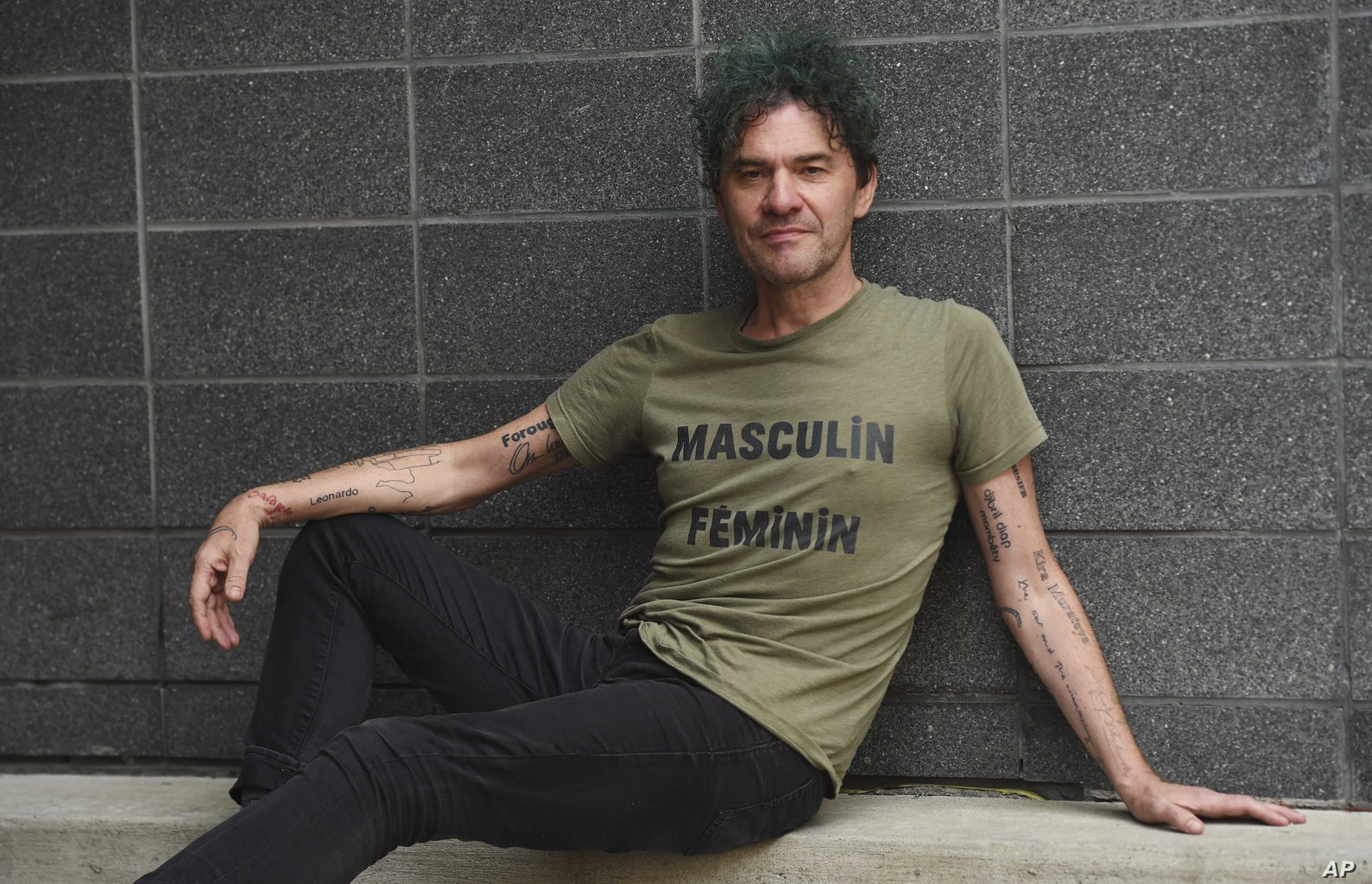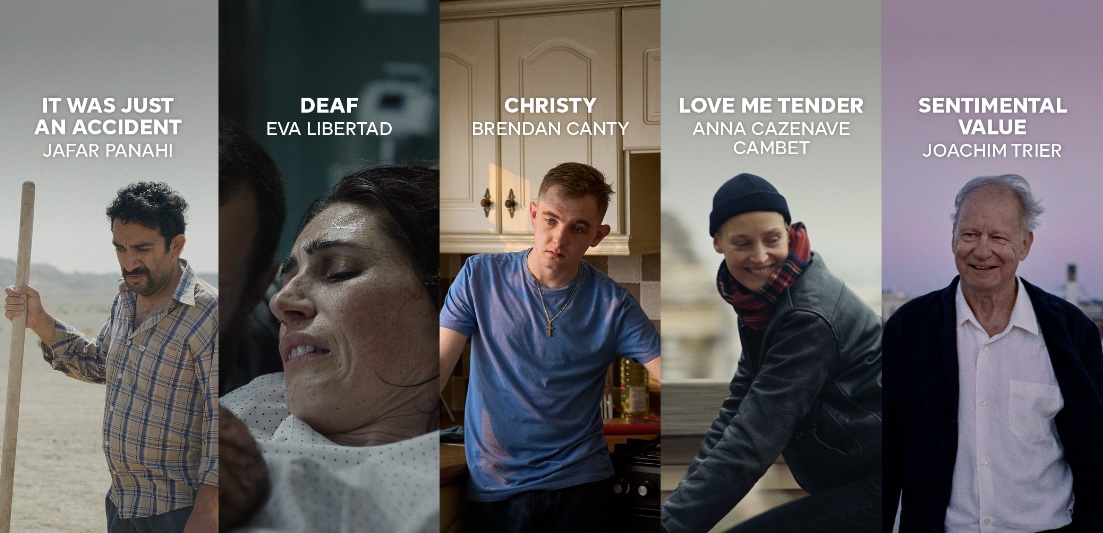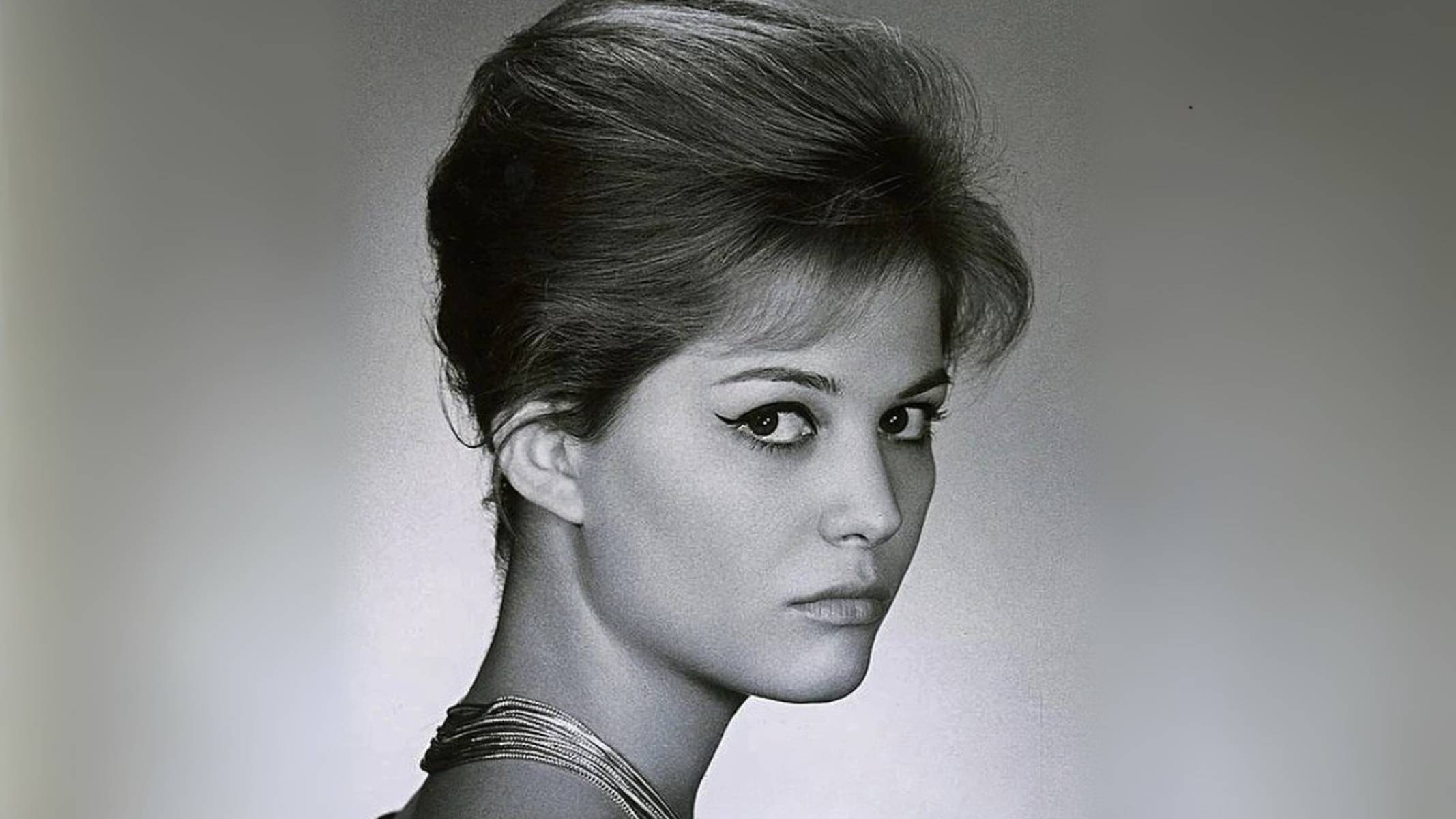
Today in the Academy Circular…
Today in the Academy Circular…
The Power of Green Storytelling
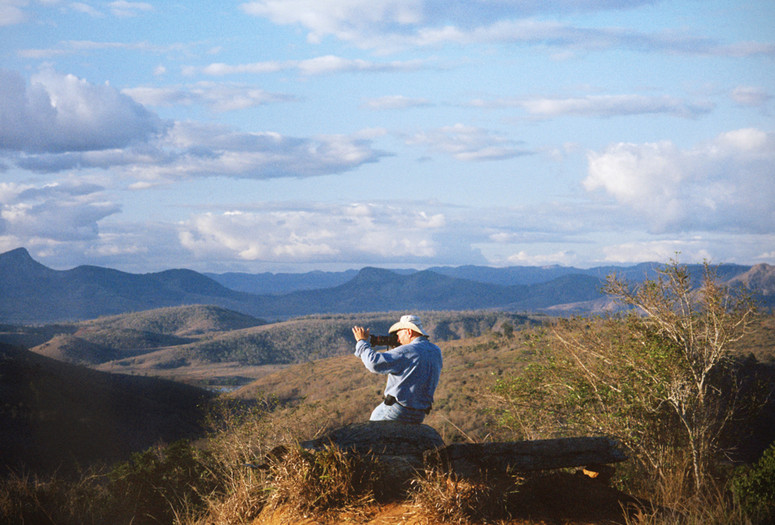
Films have the power to influence people’s behaviour and perceptions in many ways. From shaping our worldview to shaping our values and beliefs, when it comes to the issue of climate change, the industry can play a vital role in raising awareness and promoting behavioural change. Many film productions have perpetuated harmful messages about consumerism, materialism, and exploitation of natural resources. However, in recent years it has begun to shift towards a more sustainable approach.
Green storytelling is a term used to describe the art of telling stories that promote environmentally sustainable behaviours and practices. It is a powerful tool that can inspire people to act on climate change. The number of filmmakers showing their commitment to this cause in their work is becoming more prominent.
A look on “The Salt of the Earth” (2014) for instance, have had a significant impact on public awareness of climate change. This documentary film is a French-Brazilian production and was directed by Wim Wenders and Juliano Ribeiro Salgado. It showcases the work of Brazilian photographer Sebastião Salgado, who travelled the world to capture powerful images of human and natural landscapes, emphasising the need for environmental conservation and the impact of human activities on the planet.

Another great green storytelling film is the North Macedonian documentary film, “Honeyland” (2014), directed by Tamara Kotevska and Ljubomir Stefanov. It follows the life of a beekeeper in a rural village and explores themes of ecological balance, sustainable agriculture, and community.
From documentaries and educational films to dramas and comedies, green storytelling can take many forms. Collaborating with environmental organisations can provide expert guidance and help to integrate the environmental messaging into the film. Every step and move to follow this path counts, for example by calculating your carbon footprint, film producers can identify the areas of more impact, define actions to reduce it, and support the entire narrative of a green storytelling, from production to message.
It is an essential step in addressing the urgent issue of climate change, and the film industry can play a critical role in shaping a more sustainable future.
The Youth Council takes de Berlinale
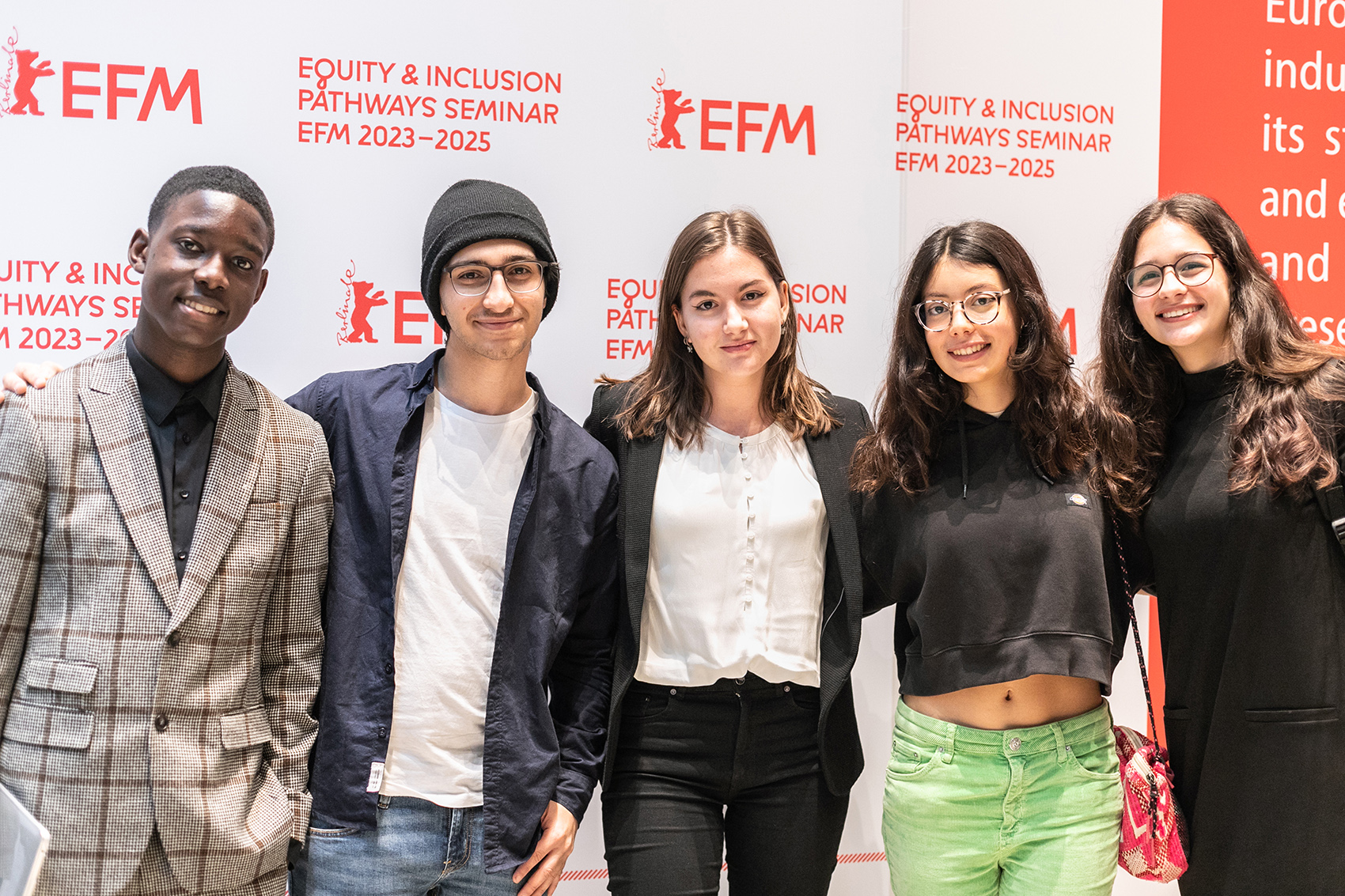
Something extraordinary happened at the Berlinale: young audiences loving European film took centre stage. Our five teenage Youth Council members were everywhere – hosting a panel on why the industry should care about young audiences for European film, launching a short film about representation, taking part in a Q&A, interviewing filmmakers and actors on the red carpet, and presenting European Film Club in others meetings. And that was just in one day!
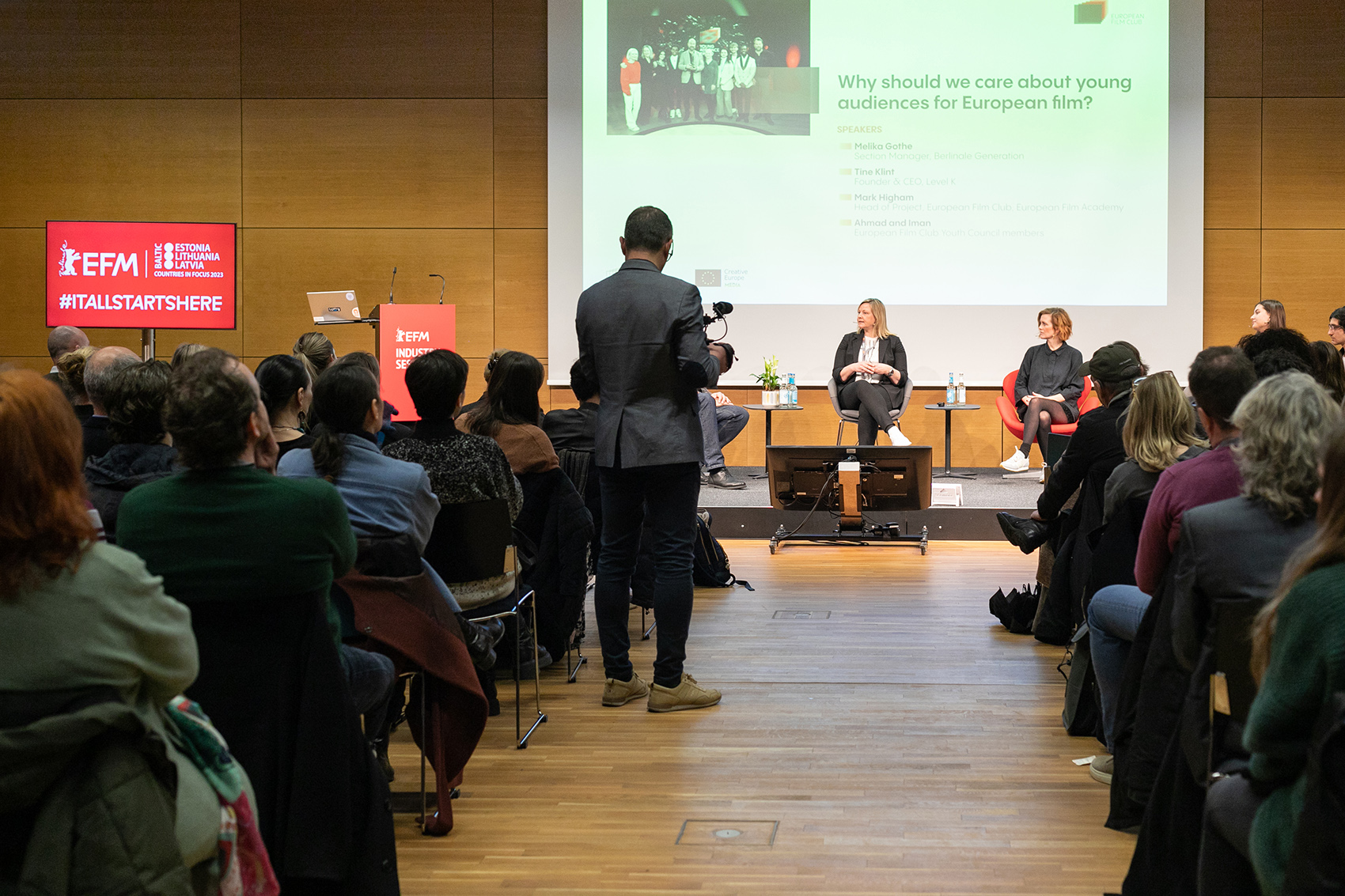
They went on share their love of European film and insights into how to engage the younger generation across Berlinale. As Lucia Recalde, Head of the Creative Europe Programme said at the Panel “young people are not just the future audience for European film, they are our present”.
To find out why that is so true do watch Representation in Film (7mins) here:
5 steps to calculate your film production carbon footprint

Calculating the carbon footprint of a film production is important for a number of reasons. One of the main reasons is to understand the environmental impact of the film production process and identify opportunities to reduce greenhouse gas emissions. By understanding the carbon footprint of a film production, filmmakers can identify areas where they can make changes to reduce their environmental impact, such as by using more energy-efficient lighting and electrical equipment, reducing transportation emissions, or minimizing waste. In addition, it can help filmmakers communicate the environmental impact of their work to their audience, as well as to stakeholders such as financiers, distributors, and regulators. By understanding the carbon footprint of a film production, filmmakers can make informed decisions about how to offset or mitigate their emissions, and they can also use this information to educate and engage their audience on the importance of addressing climate change.
Finally, calculating it can also help filmmakers to meet the growing demand for environmentally responsible media. Many consumers, investors, and other stakeholders are increasingly interested in the environmental impact of the products and services they consume, and this includes media content. By disclosing the carbon footprint of their film productions, filmmakers can demonstrate their commitment to sustainability and attract a wider audience and more support for their work.
To calculate it, you will need to consider the greenhouse gas emissions associated with all of the activities that go into making the film, from pre-production to post-production. This will typically include things like transportation, lighting and electrical use, catering and catering waste, accommodation for cast and crew, and any other activities that contribute to the film’s carbon footprint.
Here are the steps you can follow to do it:
- Identify all of the activities that contribute to the film’s carbon footprint, such as transportation, lighting and electrical use, catering and catering waste, accommodation for cast and crew, and any other activities that contribute to the film’s carbon footprint.
- Gather data on the emissions associated with each of these activities. This may involve collecting data on the fuel consumption of vehicles, the energy usage of lighting and electrical equipment, the types of food and other materials used in catering, and the energy consumption of accommodation.
- Calculate the total emissions for each activity by multiplying the emissions per unit by the number of units used. For example, if a film uses a fleet of vehicles that consume a total of 100 gallons of fuel, and the emissions per gallon of fuel are 10kg of CO2, the total emissions from transportation would be 1,000 kg of CO2.
- Add up the total emissions for each activity to get the overall carbon footprint of the film production.
- If desired, you can convert the carbon footprint to carbon dioxide equivalent (CO2e) using appropriate emissions factors. This will allow you to compare the film’s carbon footprint to other sources of emissions, such as electricity generation or industrial processes.
Calculating the carbon footprint of a film production can be a complex process, as there are many different factors that need to be considered. Luckily today, we have options to support us in efficiently gathering data from a variety of sources and specialized tools to help you calculate the emissions associated with each activity. One of these sources is the Albert website, which provides a variety of free toolkits and a carbon calculator for film production. By going through the process, you may also need to make assumptions or estimates in some cases, depending on the data that is available.
It is highly recommended to consult with a green film specialist in order to get a tailored solution for your project.
Good Appetite!
In the last two years, thanks to support from Creative Europe, the Academy has been building on the success of the Young Audience Award to co-create with young people a new engagement with European film. It set up a Youth Council to co-create the European Film Club platform to give teenagers aged 12-19 the opportunity to watch European films. They have rolled up their sleeves up to start to develop and test the platform and curate the films with experts including Giffoni and Olympia Children’s Film Festival. They have been leading on diversity, hosting the Young Audience Summit on Representation in the summer with nearly 80 participants from 23 countries and now a short film drawn from this is planned to be launched at Berlinale in February.
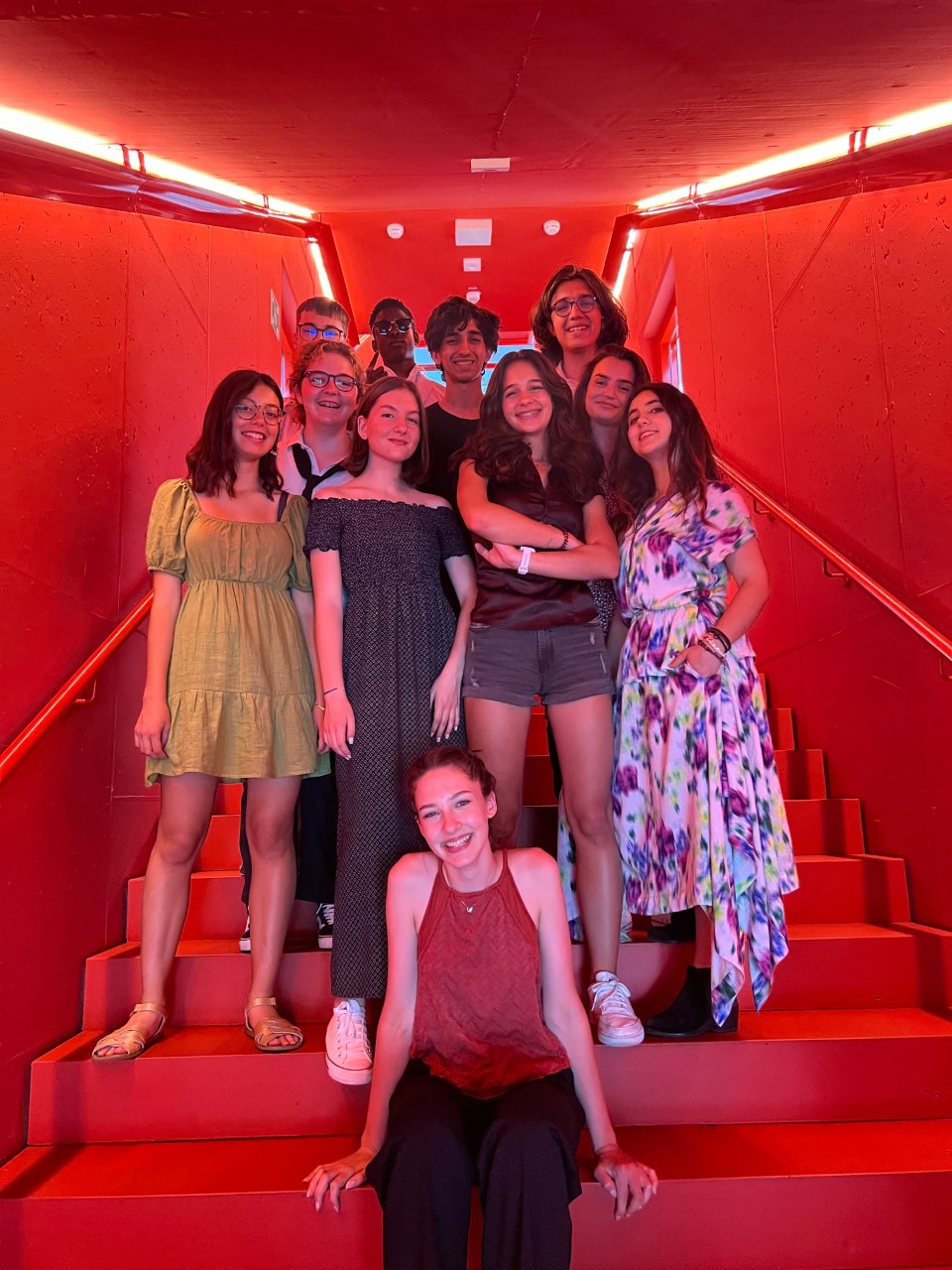
They became the faces of our work, with two Youth Council members hosting the YAA ceremony, interviewing filmmakers and protagonists in November. Young people are championing the environment with 4,600 of them voting mass extinction film Animal to be the first ever documentary to win this year’s Young Audience Award and three teenagers are presenting the Sustainability Award at the European Film Awards in Reykjavik to European Commission president Ursula von de Leyen.
And the impact is already dramatic with 84% of those that participated in the Young Audience Award feeding back that it has made them more interested in European film and 61% said it made them keen to join European Film Club.
“I think we need to have more movies about other cultures, to learn about them, because it’s really important.” Gabija, Lithuania
The appetite for European film is only growing.
A rediscovery of Europe, through films
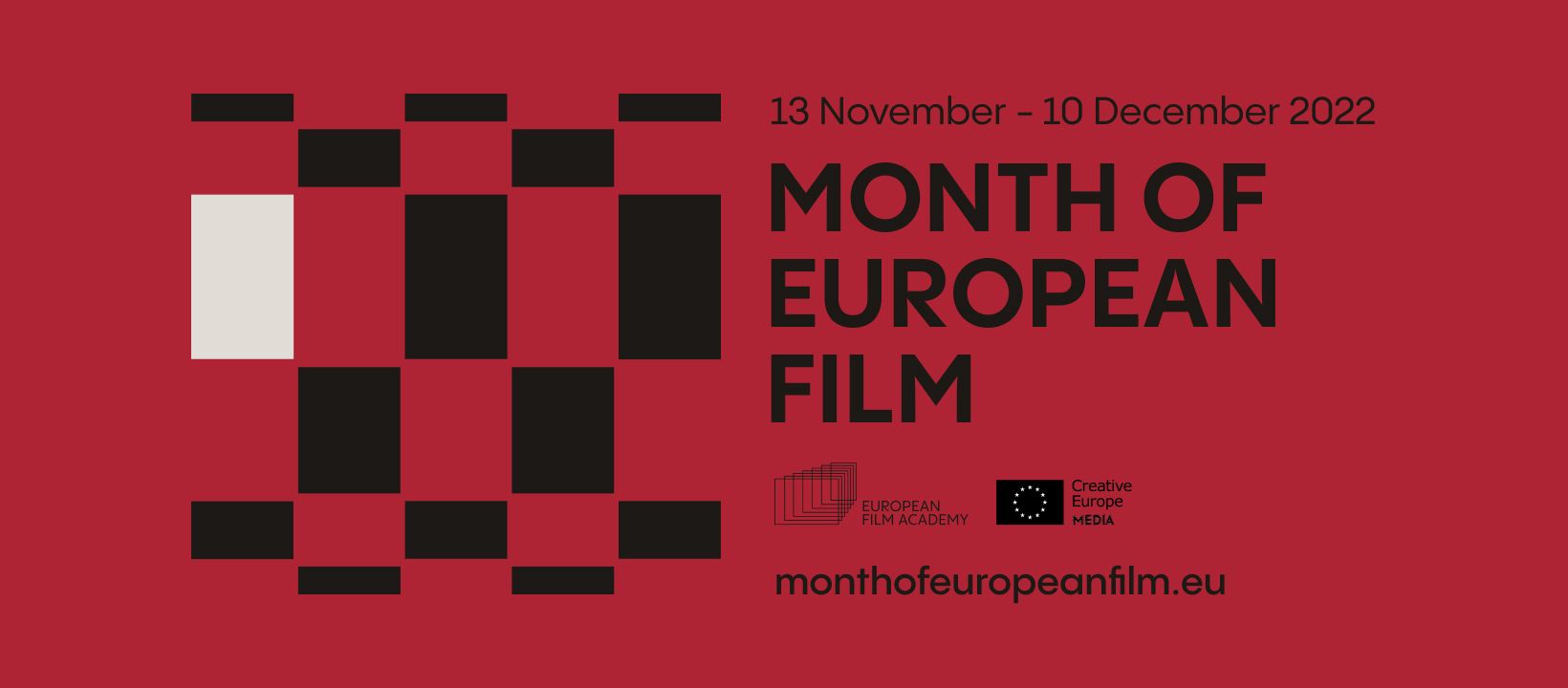
By MATTHIJS WOUTER KNOL
These days, film seems to have no borders. We can see the familiar faces of American stars everywhere on billboards in every language, from print to social media, whether we watch around us or focus on our cell phone screens. We realise that films and entertainment are largely dominated by content made outside Europe.
But what Europe is missing is a strong awareness of both the richness and the vulnerability of its own cinema and with it, the will and dedication to respect and protect it. This is something we can change. On a national level pride and protection might exist, but it is an European question and need, one that can only be answered successfully together, by further joining forces.
I imagine a strong presence of European content everywhere. I wouldn’t mind seeing billboards that feature French films or Estonian films. I would like to see the faces of Nina Hoss, Lola Dueñas or Joanna Kulig everywhere. Or for Ferzan Özpetek, Ruben Östlund, Margarethe von Trotta or Athina Rachel Tsangari to be featured in campaigns of luxury brands.
It’s strange that we haven’t worked on this on a European level so far. Of course, many organizations, such as the promotion of European films abroad, or even the European Film Academy itself and its award ceremonies, have brought voices and ideas together — yet often without a clear vision of how things should be, or the decisiveness to set things in motion. The choice for European film can only be done by prioritizing the visibility of European content and securing it has a space. Without securing that space, it will be further marginalized.
The choice for European film is also a choice that should include all sorts of films from Europe, not only the ones selected in highbrow film festivals but also a broad range of films, from successful comedies to animation gems, from bestseller adaptations to serious drama. It must include voices that have been mostly unheard, from underrepresented groups that are not always minorities.
Let’s start thinking: How would it be if we’d have the option to be surprised with European films all over the continent just for a few weeks once a year? For starters, we could organize a limited period at the end of the year where everything would be possible. Let’s say it would be a month, and during that month audiences could pick up on films they’ve missed earlier that year. It could be a pan-European season of surprises, a cinematic box of chocolates, celebrating films from all over Europe. We’ll call it the Month of European Film, just as a beginning.
What will happen if we do that? We’ll see that local cinemas will be keen to join. Many of them are screening European films already, as many of them are part of the fantastic Europa Cinemas or CICAE networks. The programmers of these cinemas would come up with ideas: why not organize a retrospective of films of Pasolini or Jonas Mekas, who were both born 100 years ago? Why not honour Lars von Trier’s outstanding work? Why not take the opportunity to dedicate a program to Margarethe von Trotta and Elia Suleiman, this year’s honorary award winners of the European Film Awards? But also other things might happen: some cinemas will suggest organizing special screenings for people with Alzheimer’s disease, showing them short films from the 50s and 60s. Some cinemas will collaborate with an embassy and host a festival of, let’s say, Spanish or Czech films. Others will start inviting school classes to the cinema and ask them to draw their own film poster. There is a lot of ideas, energy and creativity among cinemas, and an appetite among audiences to be a part of that.
As a matter of fact, this first step towards a rediscovery of European films is happening this year, carefully orchestrated by the European Film Academy. All initiatives described above are actually taking place in 35 countries in Europe, for the very first time all linked to each other. With the “Month of European Film”, the Academy is launching a new network.
The cinema has to and will reinvent itself and turn into a place of modern desire, surprise, nostalgia, emotions — knowing you’ll find like-minded people when you go there, fellow-travellers in the rediscovery of Europe through films, if you like.
The Month of European Film is the first step in a large-scale project that has this philosophy behind it.
What is the future of the awards?

What is the future of awards ceremonies? How will they continue to influence the way we work? What needs to change? The format of awards ceremonies faces many challenges and making them entertaining for the audience is every time more challenging. The Zurich Summit invited decision-makers from Europe and the US to explore how awards will continue to impact the way we work, and what needs to change. Academy Director Matthijs Wouter Knol joined Helen Hoehne, President of the Hollywood Foreign Press Association and responsible for the beleaguered Golden Globes. The Month of a European Film will be the first step in a new approach in Europe to revive interest in cinema, and make European film-lovers curious about it. Only when award shows link directly to larger audiences, they have a future, the panel concluded.

